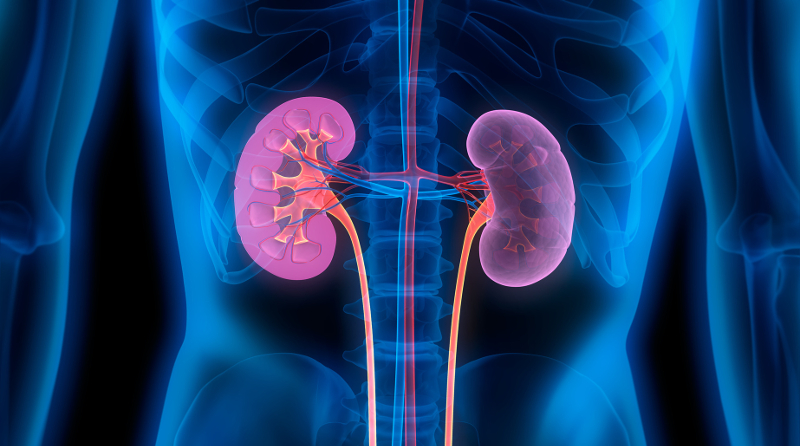STOT – the new hazard category by GHS classification
While many people have a clear understanding of acutely toxic substances – the more toxic the deadlier – it can be harder to grasp the meaning of STOT. Let’s start with the abbreviation: STOT stands for specific target organ toxicity. Target organ toxicity is divided into two substance classifications. SE for single exposure and RE for repeated exposure. STOT provides a general description of the effects of toxic hazardous substances on health that produce adverse effects on bodily functions but do no result in instantaneous death (non-lethal).
STOT SE consists of three hazard categories – STOT SE 1 (H370, signal word “Danger”), STOT SE 2 (H371, signal word “Warning”) und STOT SE 3 (signal word “Warning”). STOT SE 1 means definitely toxic to humans from single exposure, also determined on the basis of animal experiments. STOT SE 2 means can be presumed to be toxic following single exposure on the basis of animal experiments. STOT SE 3 summarises the reversible effects on target organs. The current legal situation provides for two effects under STOT SE 3: Respiratory tract irritation (H335) and narcotic effects (H336). This hazard category therefore contains two hazard warnings that can be classified and specified individually.
STOT RE consist of two hazard categories – STOT RE 1 (H372, signal word “Danger”) und STOT RE 2 (H373, signal word “Warning”). STOT RE 1 means definitely toxic to humans or toxic effect was determined in animal experiments after repeated exposure. STOT RE 2 includes substances presumed to be toxic following repeated exposure on the basis of evidence from studies in experimental animals.
Target organs:
For target organ toxicity, all target organs affected by the toxic substance are listed, if known. Secondary effects on other organs should be ignored.
Routes of exposure:
Similar to CMR substances, the routes of exposure for target organ toxicity classifications are specified in the hazard warnings if there is conclusive evidence that this hazard does not apply to any other route of exposure.
A hazard warning can therefore contain target organs and routes of exposure, for example:
H372 (lung, digestive system) (oral): Causes damage to organs (lung, digestive system) through prolonged or repeated exposure (oral).
Source: Regulation (EC) No. 1272/2008 (CLP), consolidated version, as of 01/06/2015, Part 3, 3.8 and 3.9


